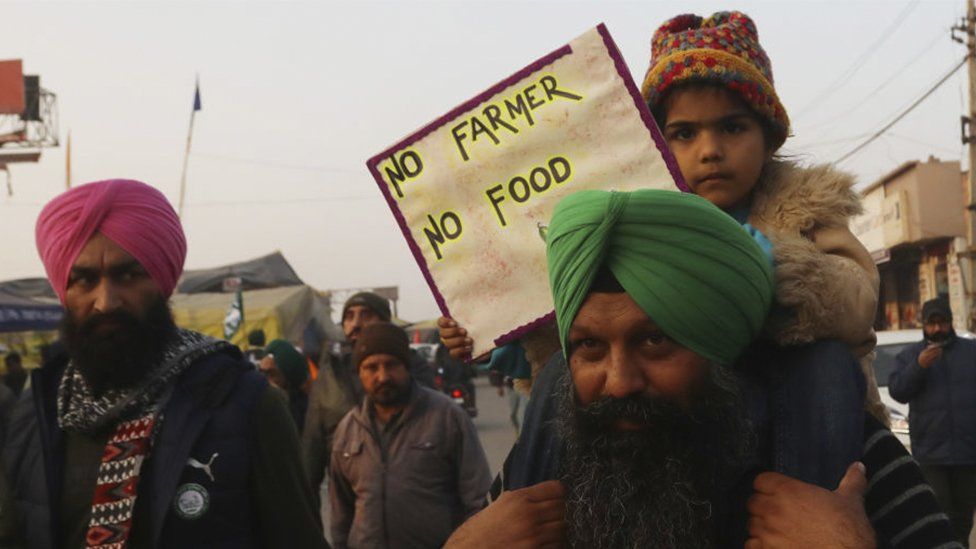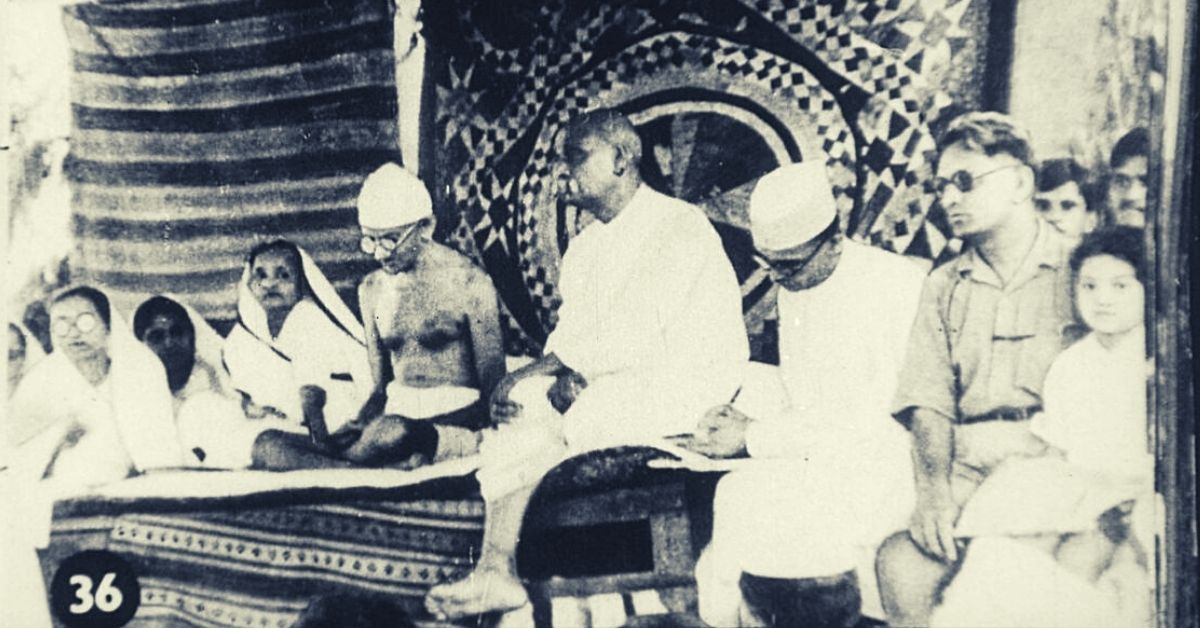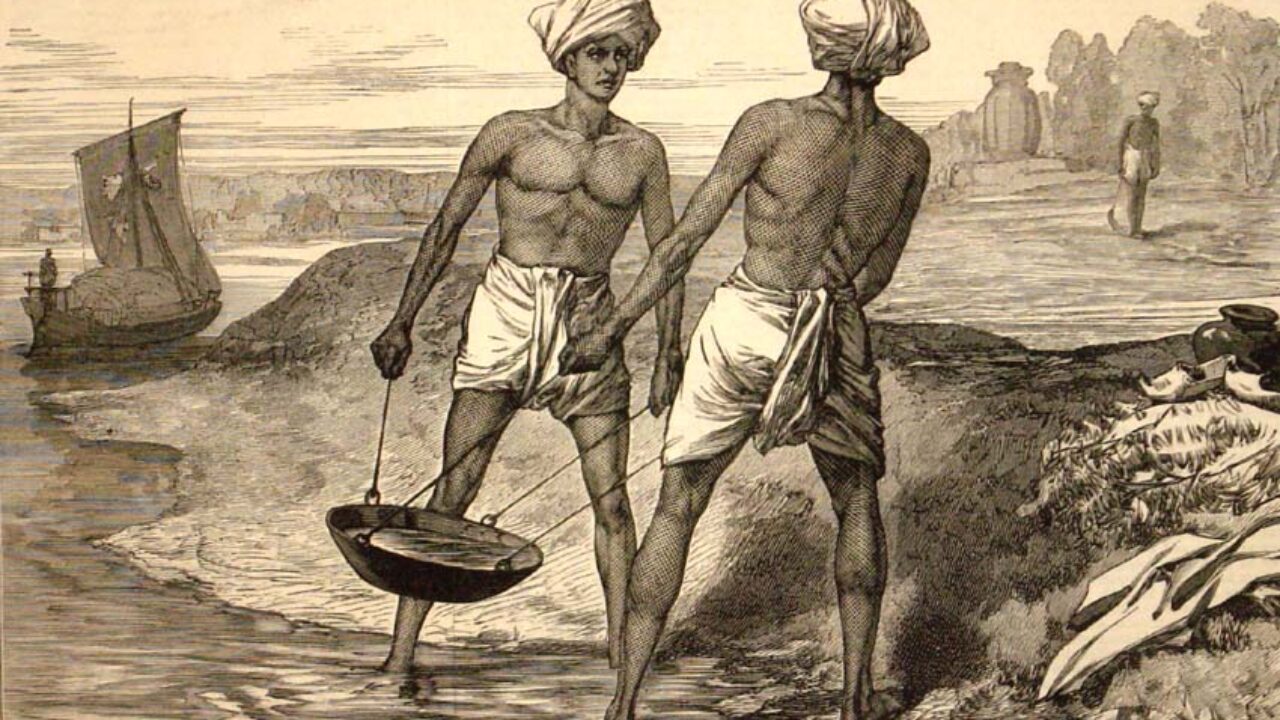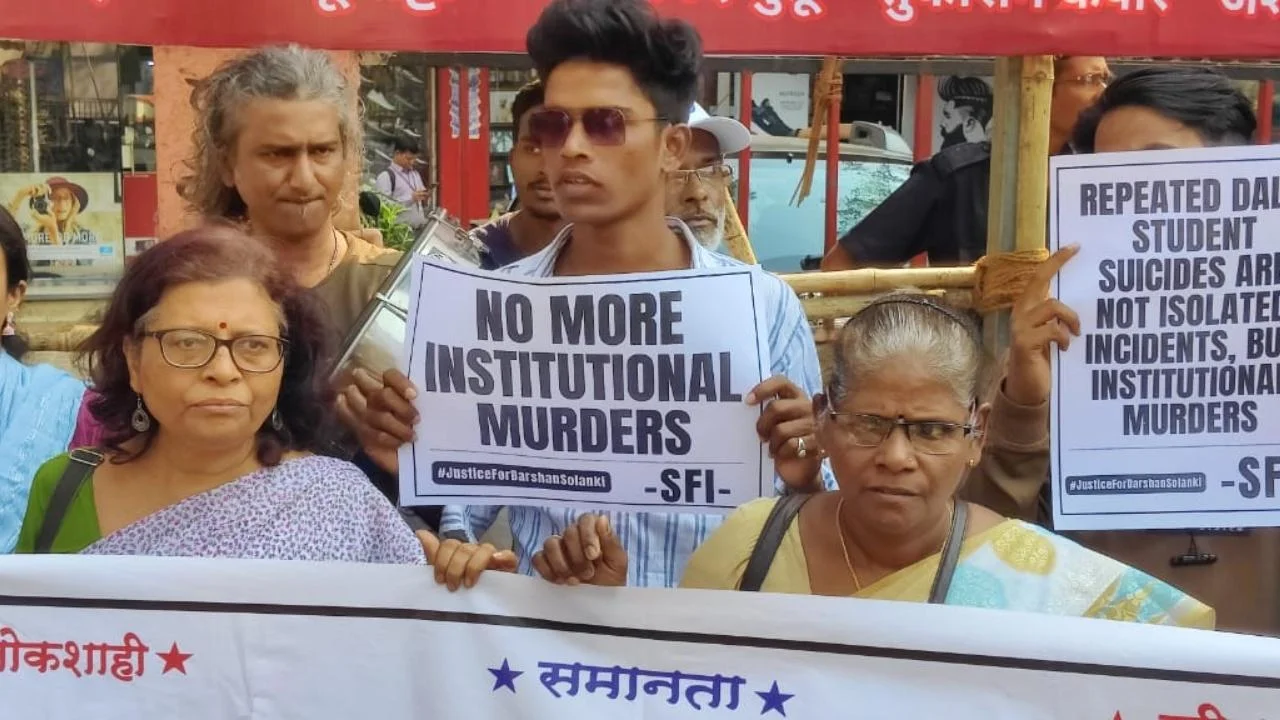Throughout Indian history, farmers have been at the forefront of change. They have always protested against unjust laws. The ongoing farmers protest has been brought to public attention once again because of the tragic killings that took place in Lakhimpur Kheri.
Since August, an estimated 200 million people in India have participated in protests against new laws that will and are negatively affecting farmers, who make up a massive percentage of the country’s workforce. There are similar instances in history where agrarian movements and protests have forced political parties, civil society and the then British government into negotiations over their interests and interestingly, these movements often folded themselves into large independent and constitutional reform movements in Indian history.
Mahatma Gandhi’s movement in India started with the problems of the Neelha farmers of Champaran and the Kheda farmers of Gujarat. There is a remarkable difference between the peasant movements then and now. In Colonial India, the protests were mainly against the British Raj. They involved a combination of sentiments against the British Raj, the Zamindars, the Sahukar and the Sarkar (Landlord,Usurer and state). They revolted against revenue rates, the demand of the elites for taxes, the forced labour that took place without any remuneration, oppressive cess slabs and the demand for repayment of loans with exorbitantly high interest rates.

During the colonial era, agricultural reform was a key part of the Indian National Congress’s constitutional and political agenda. In the early 1920’s the Congress sought to provide leadership and support to Kisan movements by mobilising farmers to voice their grievances against the British plantation owners. After the withdrawal of the Non-Cooperation Movement, there was a decrease in such initiatives but soon the pressure from farmers forced the Congress to revive agrarian movements and launch land revenue Satyagrahas as part of the larger Civil Disobedience Movement.
The ongoing farmers’ protests share a few similarities with those in the past. Today, the protest movement isn’t against the British Raj or any other foreign force, but the Indian government itself. The Bardoli Movement in Gujarat during the British Raj was a major civil disobedience movement, in the year 1925.
The company and the empire worked hand in hand in military control, displacement, cutting down huge tracts of forests, impoverishment, marginalisation and criminalisation of the resistant members of the peasantry. Today, the government uses the media to deem guilty the contumacious protestors and communities. All dissent is stifled as anti-national
The town of Bardoli suffered from heavy floods and severe famine, and at the same time the Government of Bombay Presidency raised the tax rate by 30 per cent without taking into consideration the requests and petitions of the groups who tried explaining the calamities that had occurred. The government refused to lessen the tax rate.
Activists like Narahari Parikh, Ravi Shankar Vyas and Mohanlal Pandya sought the help of Sardar Vallabhai Patel. He had earlier helped in the Kheda Peasant Struggle. He also served as the municipal president of Ahmedabad. When the request for tax exemption was made by Patel, it was ignored by the governor of Bombay.
Also read: How Are The Recent Farmers’ Protests In India A Feminist Issue?

Patel along with Parikh, Vyas and Pandya instructed the farmers not to pay the taxes. The farmers protested peacefully and non-violently and declared to not respond to the aggressive actions of the police until the government promised them cancellation of all taxes for the whole year and the return of all seized property and lands to their owners. The government decided to crush the revolt. In order to terrorise and seize the property of the villagers, tax inspectors intruded into their houses and their properties were taken away, including cattle. The government then started to auction houses and lands of the farmers, but no one came forward to buy them.
Solidarity against farmers has also been displayed by both the East India Company and The British Empire, in the Mutiny of 1857. It was declared – “Angrej raj, Kampani Hukum” (the English rule in the name of the Company). The company and the empire worked hand in hand in military control, displacement, cutting down huge tracts of forests, impoverishment, marginalisation and criminalisation of the resistant members of the peasantry. Today, the government uses the media to deem guilty the contumacious protestors and communities. All dissent is stifled as anti-national.

The Peasant Revolt in Telangana in 1946 started against the Nizam Of Hyderabad. The agrarian structure followed the feudal system and during the time two land systems were prevalent – the Ryotwari and Jagirdari. Under the Ryotwari system the peasants owned patta in their names and were the proprietors and registered occupants of the land.
The actual cultivators were known as shikmidars. The lands of chieftains were known as Khalsa lands. The Deshmukhs and Deshpandes were the hereditary tax collectors for the Khalsa villages. The Jagirdars collected the tax in the jagir villages. The Jagirdars and Deshmukhs exercised immense power at the local level. They were the intermediaries and were responsible for the collection of taxes from the farmers.
The farmers were oppressed and exploited by these intermediaries who were appointed by the Nizam. They collected high taxes, manipulated the records, and they also exploited small peasants and landless labourers. This exploitation was legitimised and was called the vet system under which the landlord could force a family to cultivate in his land, assign domestic or official work which was obligatory on the part of the farmer and his family and was carried from one generation to another. Thus, a system of slavery came to being known as Bhagela which was prevalent in the state of the Nizams.
The current farmers’ protest is one of the largest, most unified protests that India has seen in recent times. Today, the national highway has protestors living in tents because the farmers have been interrupted on their course to Delhi. But they carry on resolutely with much help from langars who provide free food and beds
The tenants who had taken loans from landlords had to serve the landlord until their debt was repaid for generations because the landlords maintained manipulated books that always showed that the Bhagelas were still indebted to them. The Telangana peasant movement did not erupt suddenly. It was a result of years of discontentment regarding the events that took place during the 1920’s. The Communist Party of India (CPI) initiated the Telengana Peasant struggle. The Party started working in the Telangana region in 1936. Professor N.G. Ranga established the regional level peasant organisation that was affiliated to the All India Kisan Sabha, which was an organ of the CPI. The activities increased in the districts of Hyderabad between 1944 and 1946.
The main objective of the Communist Party of India was to mobilise peasants. In order to achieve this objective, it undertook a campaign to propagate the demands of the poor peasants. Though the peasants showed resistance to the government orders, the movement was going at a slow pace. However, only the Telangana local peasants participated in the mobilisation of the peasantry. After the second conference which was held in March 1948, there was a revolutionary turn to the Telangana peasant struggle, and the peasants turned into an army and on a few occasions also fought guerrilla wars.
Apart from the peasant agitation, a parallel para-military voluntary force was organised by Kasim Rizvi. The members of this organisation were called Razakars and they worked against the peasants. The Indian Army then marched into Hyderabad on 13 September 1948, and The Nizams and Razakars surrendered. The army also stifled the farmers’ protests.

The course of all these events resulted in the withdrawal of the peasant movement. The police action gave a death blow to the Telangana peasant movement led by the Communist Party. Thus, this gives a clear picture of the intensity with which the Telangana peasant struggle was fought.
The Tebhaga movement in Bengal was another major farmers’ movement in our history. This was a movement spearheaded by sharecroppers who demanded two thirds of the harvest for themselves and one third for the landlord. Earlier, the sharecroppers used to give half the share of their produce on their tenancy. This crop sharing system was known as Barga, and the sharecroppers were called as bargadars or adhiars.
The sharecroppers challenged the system in the years 1946-47. During the harvest of 1946,the sharecroppers of a few north and northeastern districts of Bengal went to the fields and harvested the crops and threshed them on their own. The reason for the Tebhaga movement was that sharing half of the harvest was not justified as the tenants put in most of the labour and other investments. The landlord’s participation was very less in the production process and the tenants believed that the latter should be getting only one-third of the crop share and not half of it.
Also read: How Farmers Continue To Stand Their Ground Despite Facing Atrocities By The State
The tenants were also required to store grains at the granary of the landlords and had to share straw and other products of the grains on half sharing basis. They took a stand that the stock of the harvest would be stored at the tenants’ compound and the landlord would not be getting any of the shares from the by products of the grains. In early 1947, such developments led the government to introduce a bill in the Legislative Assembly.
The bill proposed to reform the bhagi system of the country which was causing agrarian unrest. However, due to certain other political developments in the country the government could not enact the bill into a law. Moreover, the promises of the new government and the partition of Bengal led to the suspension of the Tebhaga movement.

The current farmers’ protest is one of the largest, most unified protests that India has seen in recent times. Today, the national highway has protestors living in tents because the farmers have been interrupted on their course to Delhi. But they carry on resolutely with much help from langars who provide free food and beds.
Amidst the pandemic, despite the cold winters, the farmers have continued on, not giving up albeit the aggression by the police. They have been protesting peacefully. Farmers feed the entire nation. We survive because of their hard work. They have always been at the receiving end of unjust treatment by the state as is evident from history. This time at least, we must take stock of how long standing their struggles have been and make amends to redress the oppression thrust on them.
Featured Image Source: Firstpost
About the author(s)
Zeba Vagh is pursuing her degree in screen writing from Whistling Woods Mumbai International. An aspiring writer, her work has been published with the Live Wire. She can be found on Instagram.




